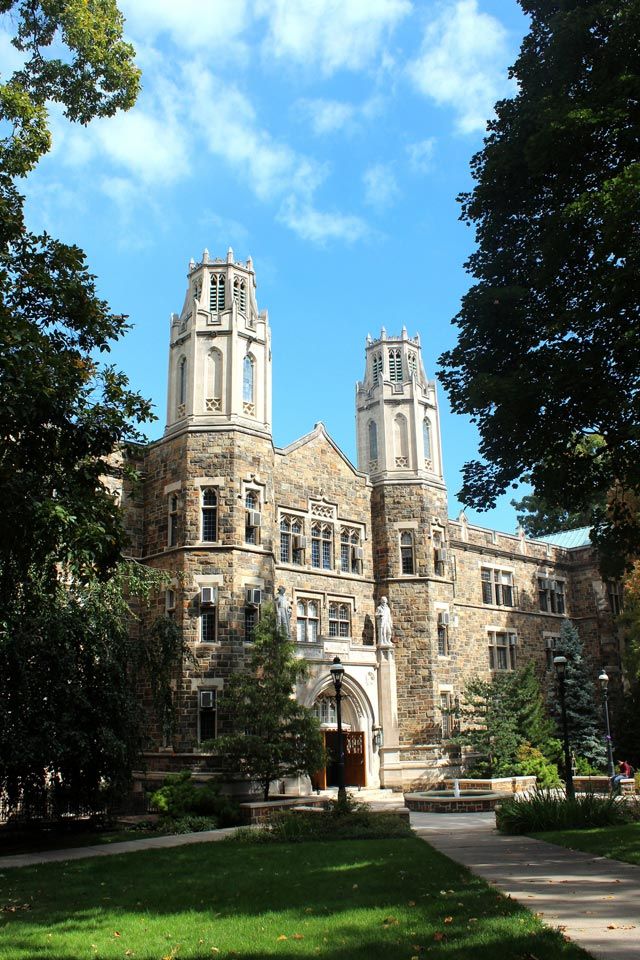It sounds like every little boy’s fantasy job: sending large metal objects crashing into even larger structures.
But Clay Naito’s work at Lehigh is more than just exhilarating. His experiments may save lives by helping engineers design more robust evacuation shelters for areas threatened by tsunami.
Naito, associate professor of civil engineering, is leading the first phase of an nSf-funded study of the forces generated when a tsunami sweeps up a truck or shipping container and hurls it against a structure.
“If we know what force we need to design for, structural engineers can make any building or bridge stand,” Naito says. “The trick is to accurately predict those forces.”
Naito and colleagues from the University of Hawaii and Oregon State are developing a model they hope will provide justification for a new tsunami chapter being added to the national code -– ASCE 7 – that specifies the loads structures must be designed to handle.
To test the forces involved in debris impact, the Lehigh team hoisted a standard, 3.5-ton, 20-foot intermodal shipping container on 30-foot cables. fully loaded, one container can weigh 53,000 pounds, more than enough to severely damage a structure. The 40- and 50-foot waves of the March 2011 Tohoku tsunami tossed thousands of these containers like sticks at Japanese ports.
Naito's team configured the container as a pendulum, pulled it back the desired distance and released it. The container slammed against a huge wall fitted with an array of load-measuring devices. The team ran a series of tests, from shallow and deep angles, empty and loaded, straight on and glancing blows, to populate a database of the forces generated.
“We started looking at impact events that were low velocity, 2 to 4 mph,” Naito says. In that case the container remained elastic, deforming a bit then bouncing back to its original shape. Last summer the team performed the final tests, cranking the test container away from the wall far enough to get maximum impact. In this case the container “obtains permanent damage,” he says. “It crushes and buckles.”
The work was quick, loud and practical.
“If massive pieces of houses, containers and vehicles are all impacting a structure, how do you design for that?” Naito says. The data his group is collecting will be compared with in-water tests to form a computational model that can predict the forces from these short, violent impacts, so that engineers can design evacuation shelters that withstand the stresses involved.
Naito saw those stresses first-hand when he visited the region devastated by the Tohoku tsunami less than three months after the event.
“It was incredible,” he says. “Pictures and videos don’t do it justice. You look up and see a billboard literally 60 feet tall, and only the last five feet are left because the water was 55 feet above where you’re standing.”
Visiting the scene was somber and humbling. It provided a wealth of data available nowhere else, says Naito.
“I’m an experimentalist, and in Japan there were a million tests to observe. You walk down a street and see building after building loaded to its extreme. The amount of knowledge you gain in one week would take years to replicate in the lab.”
Some concrete structures looked almost new, missing only windows and furnishings. In other places empty slabs marked where wood-frame buildings stood. (Research shows that it takes just an eight-foot surge to obliterate stick-built structures, Naito says.)
“The ones that are interesting are those that are still standing and have a little bit of damage. You can back-calculate what amount of force caused the damage and get an idea of what kind of structural system works and why.”
Many tsunami-prone regions are heavily built up, including Waikiki Beach and the coasts of the Pacific Northwest. Building dedicated evacuation platforms or designating existing structures as refuges, says Naito, can help reduce the number of fatalities from a tsunami.
Along Oregon's coast, islands connected to the mainland by a few bridges lie so close to an offshore fault that an event there would send a tsunami ashore in 20 minutes.
“You don’t have the opportunity to evacuate the population in time,” Naito says. Tall platforms – or even “armored” mounds of dirt – that can withstand hydraulic and impact forces are needed to keep people safe. The top floors of high-rise buildings or upper levels of a parking garage could also be used – if they are designed to withstand the loads Naito’s team predicts.
“You have to have enough of them that are close enough for people to get to,” Naito says. This raises a public policy question: “Who pays for it? It’s very expensive to build these structures to withstand the tsunami forces.”
The preliminary good news from Naito’s studies is that forces generated by impact are less than assumed by current building codes – perhaps half – suggesting that evacuation structures could be more easily and cheaply built.
Lehigh was chosen for the “open-air” phase of the project because its ATLSS (Advanced Technology for Large Structural Systems) Engineering Research Center is one of the few places where engineers can work with life-size debris of this magnitude, Naito says.
The researchers plan next to test one-quarter-scale debris items in a water flume at Oregon State. This will help settle a debate about whether, and to what extent, hydraulic effects multiply impact forces, Naito says.
“As debris hits something and stops, the water pools behind it,” he says. How much does that add to the impact on a structure? “Some people say it doubles it, some say it doesn’t count at all. There has been some testing, but not much.”
The experimental data will support the computer modeling that Naito's Hawaii colleagues will generate in the project’s final phase.
“You can make a model do what ever you want," says Naito. "It's critical to obtain experimental data to support the concepts you’re dealing with, or it’s all just make-believe.”

